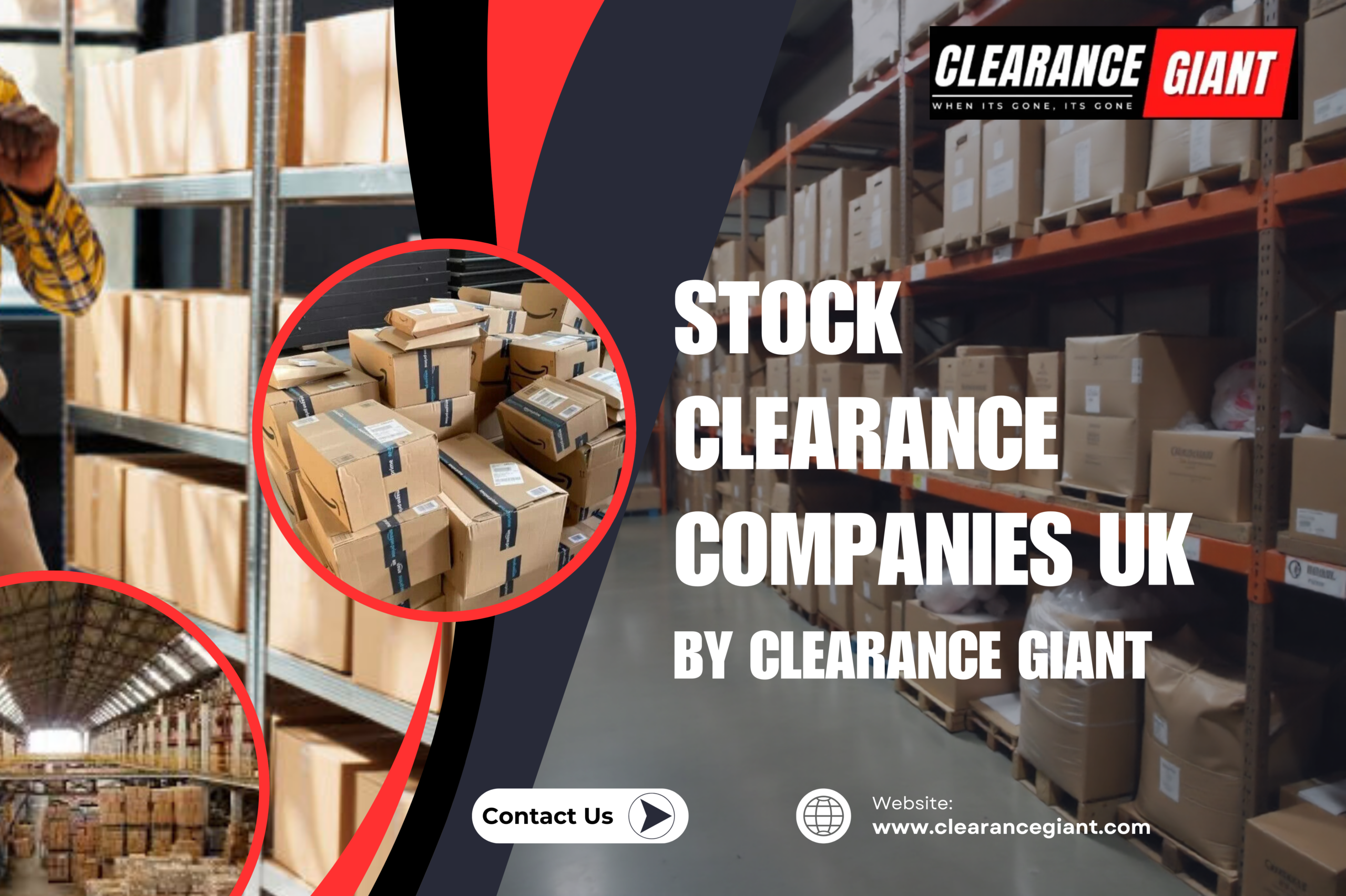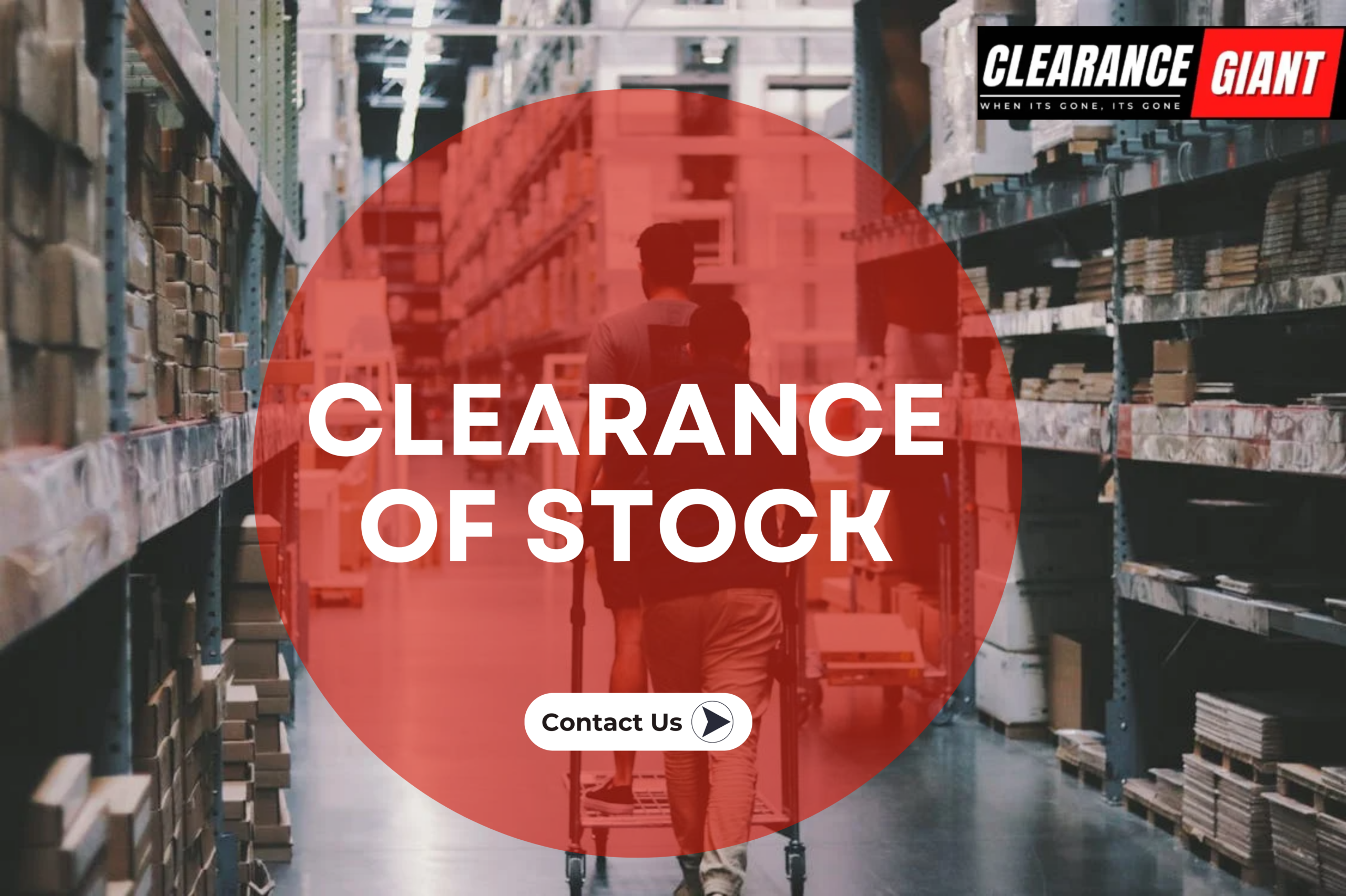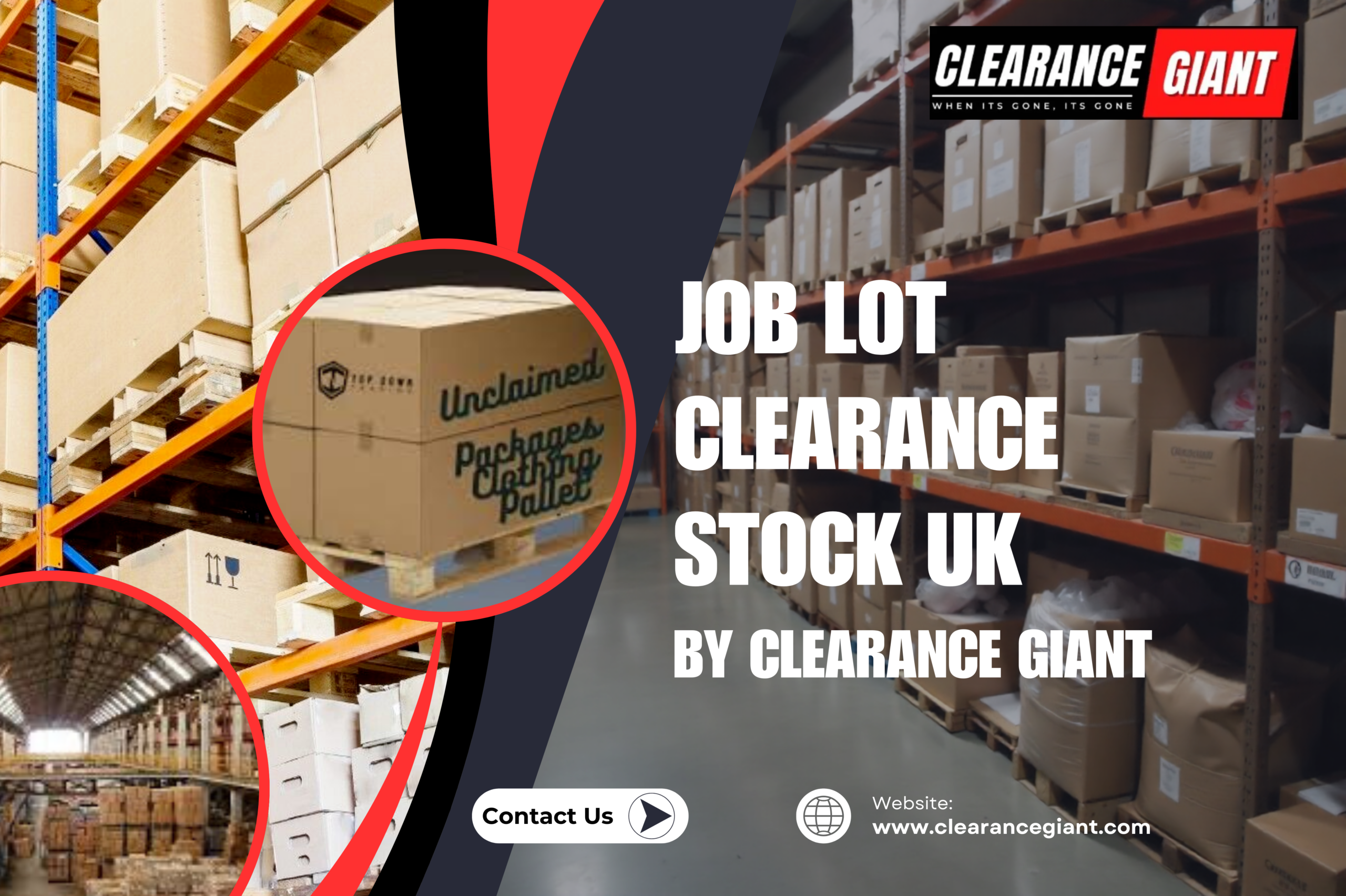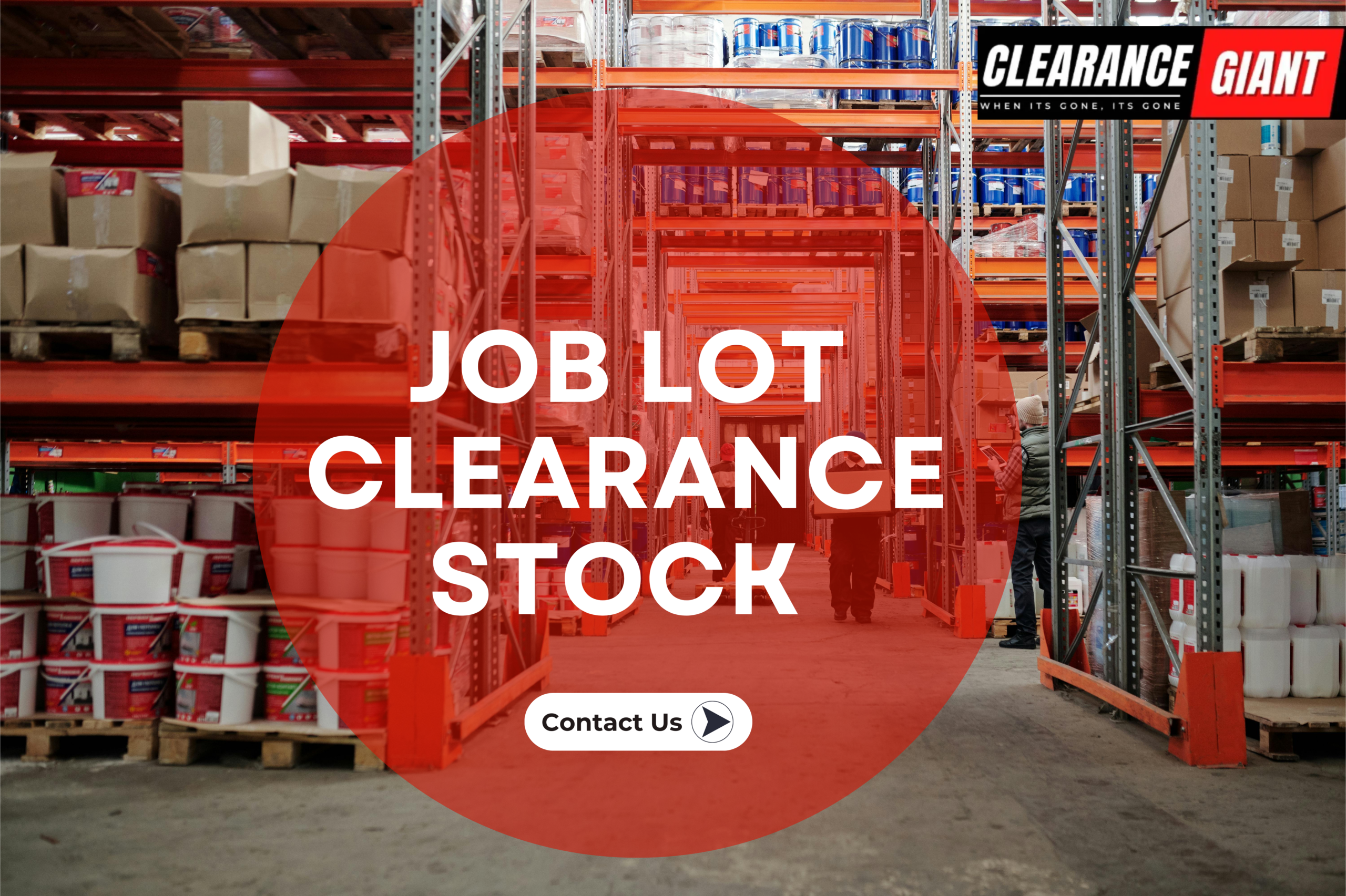Stocklot goods are typically priced 80–90% lower than retail prices. They are not meant to match retail, wholesale, or distributor pricing — stocklots are priced for clearance to move inventory fast.
Stocklots are based on a “When It’s Gone, It’s Gone” (WIGIG) principle — once sold out, they are rarely available again.
Why invest in stocklots?
Small investment, big profit potential.
Quick turnover — stocklots often sell rapidly due to their highly competitive pricing.
They include dead stock, out-of-fashion items, rejected or cancelled orders, bankruptcy stock, clearance goods, liquidation stock, end-of-line products, and sometimes expired or near-expiry goods.
Stocklots will always be cheaper than market prices, creating high demand among opportunistic buyers who act fast after evaluation or inspection.
Seasonal stocklots are even more attractive:
- Off-season stock is even cheaper.
- In-season stock at stocklot pricing is a jackpot, offering fast turnaround and quick profits.
For sellers, stocklots are often a way to:
- Clear space for new inventory.
- Unlock working capital.
- Liquidate assets quickly when exiting a business or expiring leases.
In short, stocklot trading benefits both sellers and buyers, making it a dynamic and rewarding market sector.




